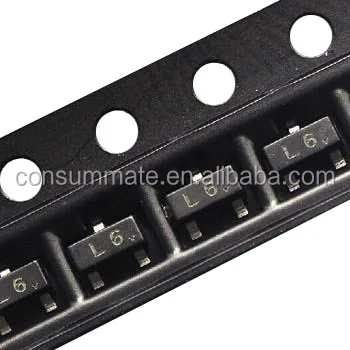

Quasi-saturation extrapolated bandgap voltage at 0°K Quasi-saturation flag for temperature dependence

Quasi-saturation temperature coefficient for scattering-limited hole carrier velocity Quasi-saturation temperature coefficient for hole mobility Geometry selector if LPNP is not used: 1 means vertical 2 means lateralĬollector-base breakdown voltage coefficientĬurrent at base-emitter breakdown voltage Zero-bias collector-substrate capacitanceįraction of Cjs connected internally to Rcįorward and reverse beta temperature exponentĬoefficient for forward-bias depletion capacitance formula The BJT parameters used in the modified Gummel-Poon model are listed below.Ĭorner for forward beta high current roll-offĬorner for reverse beta high current roll-offĬurrent where base resistance falls halfway to its min valueįraction of B-C depletion capacitance connected to internal base nodeįraction of B-C depletion capacitance connected between internal base node and extrinsic collectorĮxtrinsicness of more intrinsic collector node used for substrate capacitance charge division

OPTIONS control line or overridden by a specification on the. The values specified are assumed to have been measured at the temperature TNOM, which can be specified on the. Additionally base current temperature dependence is modeled by the beta temperature exponent XTB in the new model. The temperature dependence of the saturation current, Is, is determined by the energy gap, Eg, and the saturation-current temperature exponent, XTI. Base charge storage is modeled by forward and reverse transit times, Tf and Tr, the forward transit time Tf being bias dependent if desired and nonlinear depletion layer capacitances, which are determined by Cje, Vje and Mje, for the B-E junction, Cjc, Vjc, and MJC for the B-C junction and Cjs, Vjs, and Mjs for the Collector- Substrate junction. Three ohmic resistances Rb, Rc and Re, are included, where Rb can be high current dependent. The DC model is defined by the parameters Is, Bf, Nf, Ise, Ikf, and Ne which determine the forward current gain characteristics, Is, Br, Nr, Isc, Ikr, and Nc which determine the reverse current gain characteristics, and Vaf and Var which determine the output conductance for forward and reverse regions. The model automatically simplifies to the Ebers-Moll model when certain parameters are not specified. This modified Gummel-Poon model extends the original model to include several effects at high bias levels, quasi-saturation, and substrate conductivity. The bipolar junction transistor model is an adaptation of the integral charge control model of Gummel and Poon. The model card keywords NPN and PNP indicate the polarity of the transistor. Q1 C B E MyNPNmodel.model MyNPNmodel NPN(Bf=75)īipolar transistors require a model card to specify its characteristics. Syntax: Qxxx Collector Base Emitter model This ionizing radiation effect was found to arouse either a permanent or temporarily damage in the devices depending on their current drives and total dose absorbed.Q. The increase of holes in the base region due to trapping will increase the probability of recombination and reducing the number of electrons that reaches the collector region. This leads to the production of a large number of excited atoms and increases the holes in the valence band. It was found that the high energy of the radiation allows more valence electrons to be excited to the conduction band in the BJT.

In this research, analytical study on the effects of ionizing radiation induced by 60Co gamma (γ) rays in bipolar junction transistor (BJT) devices had been performed. These effects are especially critical in operating environment such as outer space, where radiation comes in stronger and more frequent. Electronic device that subjected to various effects by radiations can cause small interferences such as noises in the circuit.


 0 kommentar(er)
0 kommentar(er)
